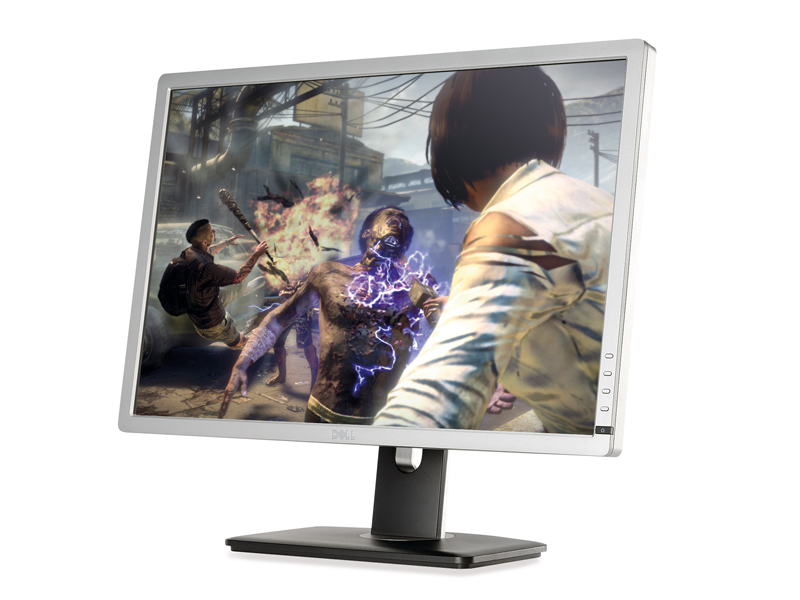TechRadar Verdict
Pros
- +
Sturdy adjustable stand
- +
Viewing angle and contrast don't disappoint
- +
Suitable for professional use
- +
Affordable for an IPS panel
Cons
Why you can trust TechRadar
The U2412M from Dell might look like a P2411H Professional series, but there's one important difference: it's an IPS screen, not a TN. That means better colour representation, better viewing angle and a higher price.
Screen types are seldom highlighted by manufacturers but they are the single biggest deciding factor in your screen's image quality. The question is: why pay more for IPS?
Class is now in session. Crystals in in-plane switching (or IPS) screens are aligned horizontally between two oppositely polarised glass substrates, rather than the vertical arrangement of crystal rods found in Twisted Nematic panels (TN).
In IPS screens, crystals are kept parallel in a lateral electric field, whereas in TN panels they untwist when voltage is applied, and their alignment alters as they drift from the anchored electrode. This hinders the flow of the bulb light and the contrast and colour representation as you look at the screen from wider angles than head-on.
IPS vs. TN
IPS panels are capable of true 1000:1 contrast ratio: that's the difference between the whitest white and darkest black to you and me. TN panels often boast a 'dynamic contrast ratio' of 8000:1, which is much higher than an IPS screen, but that doesn't mean the contrast's eight times better; in fact it's worse.
As TN screens change from deep dark colours to bright whites, the contrast adjusts automatically, temporarily changing the contrast setting to allow the deeper colours through. The result is an often irritating visible colour adjustment that grates and has anyone of rightmind and seeing-eye reaching to turn it off.
Ready… draw!
After dragging TN panels through the mud, it's worth highlighting their advantages.
Sign up for breaking news, reviews, opinion, top tech deals, and more.
First, they are a lot cheaper to produce because they require half the transistors per pixel that an IPS screen requires. Second, they produce much quicker response times; 2ms isn't an unusual figure for a good TN screen, while IPS panels struggle to get under 8ms.
Is it worth paying more for all the IPS niceties then? When they come in a package like this Dell U2412M, absolutely. The screen and panel look very similar to Dell's flagship U3011H 30-inch screen, and like the £1,000 model, this U2412M is vertically adjustable and can be flipped to portrait orientation.
The depth of blacks and brightness of whites onscreen is instantly noticeable, and as we put the U2412M through it's paces using some high-colour HD video, it didn't disappoint, rendering the full 16.7 million colours of the RGB spectrum.
There are also a good range of menu options, such as clock and phase that we don't often see in affordable panels, though the U2412 didn't automatically adjust its orientation as we flipped it from landscape to portrait.
As for an IPS's Achilles heel: response time, yes it's noticeable through rigorous benchmarking, but you won't notice the difference to a TN's response while you're gaming. That makes the U2412M a winner. It's a well-built, affordable and adjustable IPS panel.
Follow TechRadar Reviews on Twitter: http://twitter.com/techradarreview
